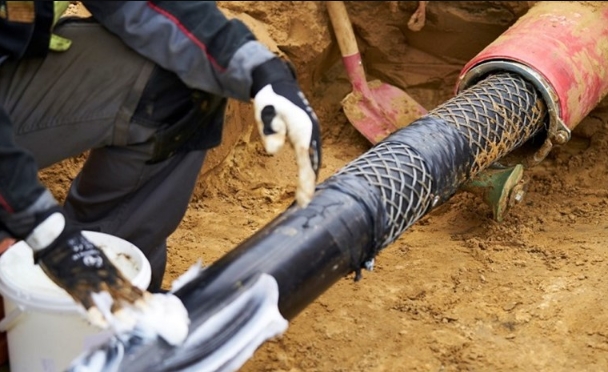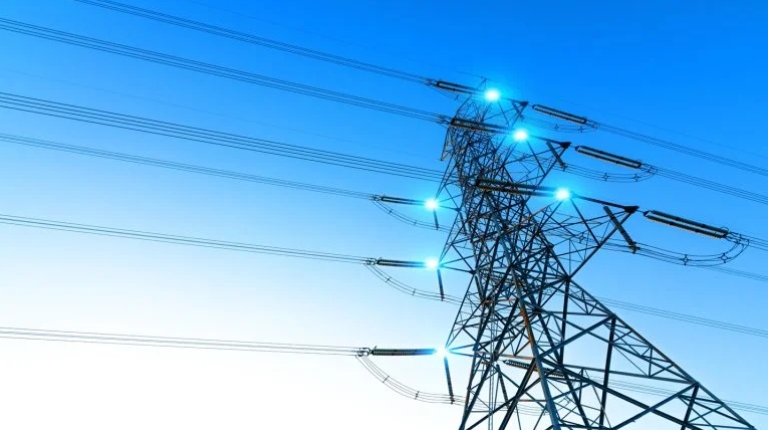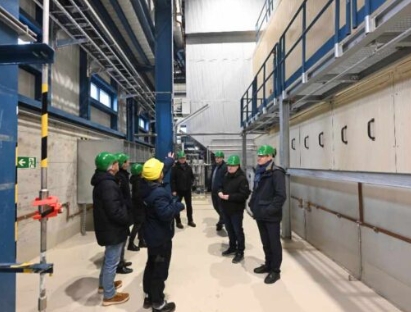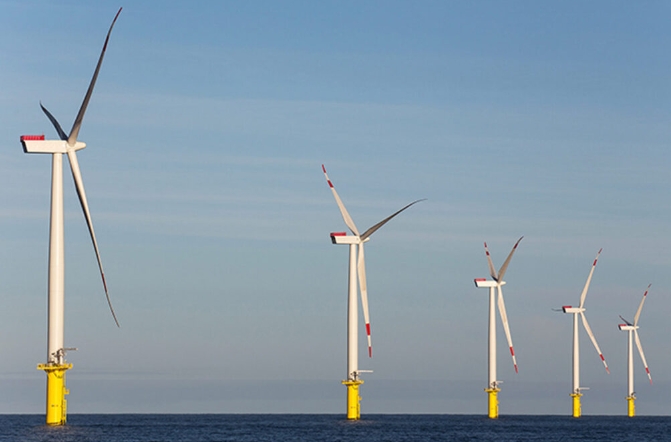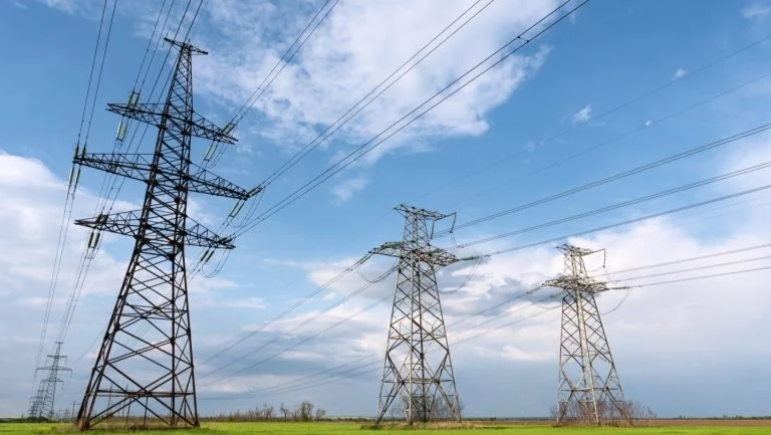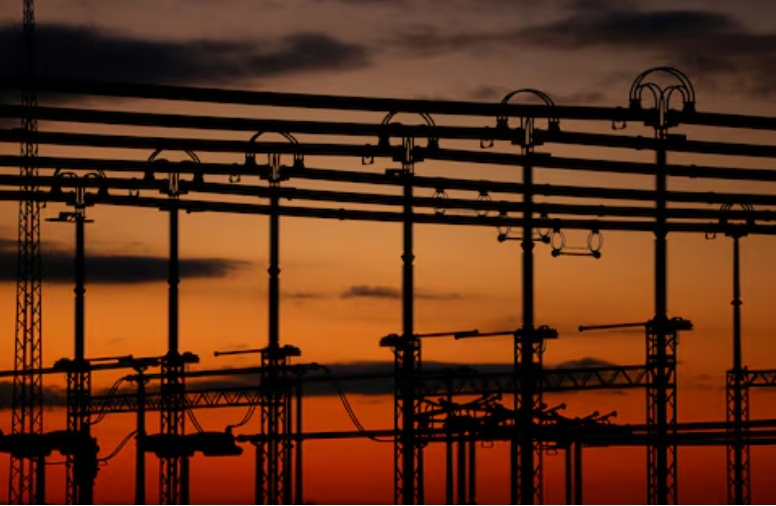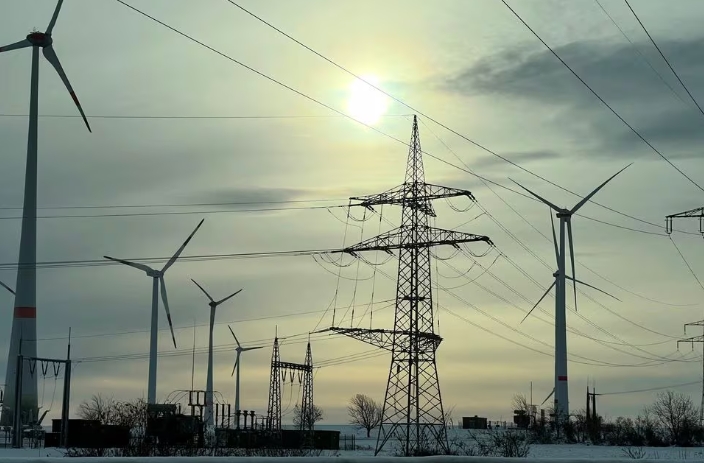Offshore wind farms being constructed in UK waters will produce electricity more cheaply than the next generation of nuclear power stations.
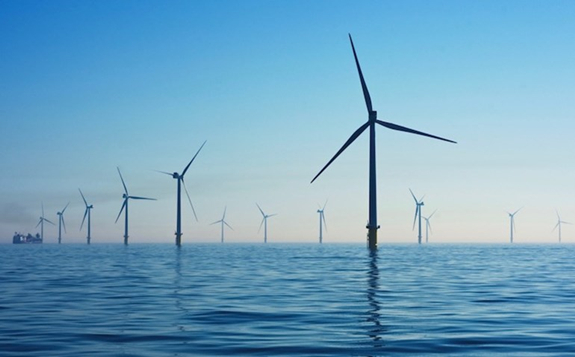
Forty by ’50: The Nuclear Roadmap published by the Nuclear Industry Association (NIA) calculated proposed nuclear plants at Sizewell in Suffolk, Wylfa on Anglesey and Bradwell in Essex were all likely to cost in the region of £60 (€65) per megawatt-hour (MWh).
In comparison offshore projects selected in the Contracts for Difference (CfD) Allocation Round 3, held last year, will be delivered at a strike price as low as £39.65/MWh.
In response to the results of the third CfD round, the Department for Business, Energy & Industrial Strategy (BEIS) said renewables, for the first time, are expected to come online below market prices, without additional subsidy on bills.
Though the £60/MWh estimated by the NIA beats the £92.50/MWh cost of the Hinkley Point C plant being built in Somerset, the report said that kind of low cost could only be achieved for subsequent reactors once supply chains were improved, delivery risk reduced and "first of a kind" costs such as reactor design approvals secured.
RenewableUK's Director of Strategic Communications Luke Clark said: "Billpayers want cheap clean power. In last year's CfD auctions, UK offshore wind farms secured contracts to generate electricity for as low as £39.65/MWh - a reduction of 66% since 2015, making it one of the cheapest of all technologies."
"We need a wide range of low-carbon energy sources to reach net zero emissions.
"Government wants us to more than quadruple our offshore wind capacity by 2030, by which time we'll be generating well over one-third of the UK's electricity from offshore wind alone, making this technology the backbone of our modern electricity system".
NIA chief executive Tom Greatrex said: “We’re confident the price of nuclear power will fall from the £92.50/MWh for the first plant, closer to £60/MWh for the next wave of power stations reducing to around £40/MWh for further reactors.”
He added: “We have the potential to treble our nuclear electricity generating capacity and add heat and hydrogen specific plants over and above that. To get to Net Zero we need ambition, commitment and planning. It must be more than a drip drip of unconnected projects.”
